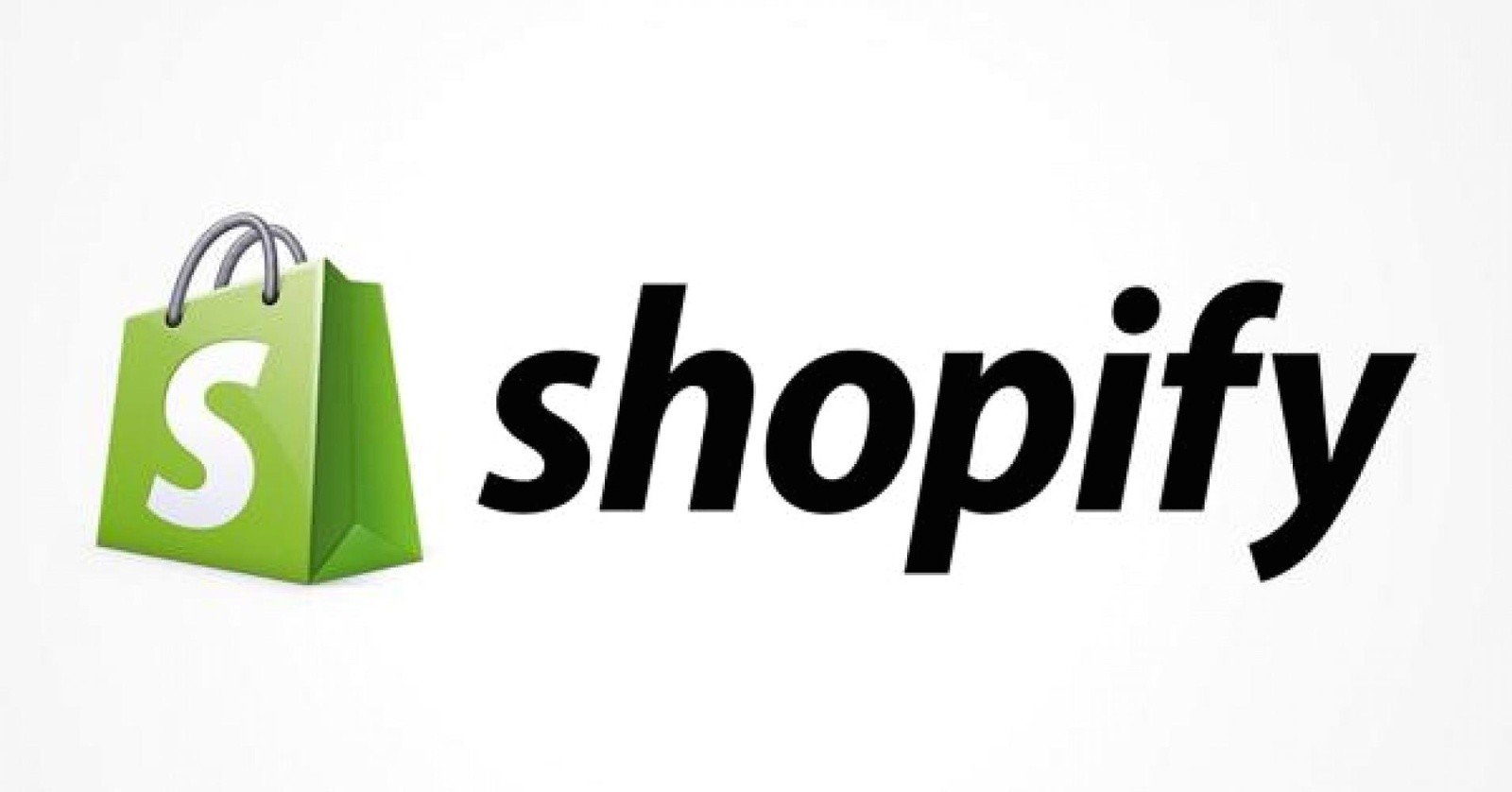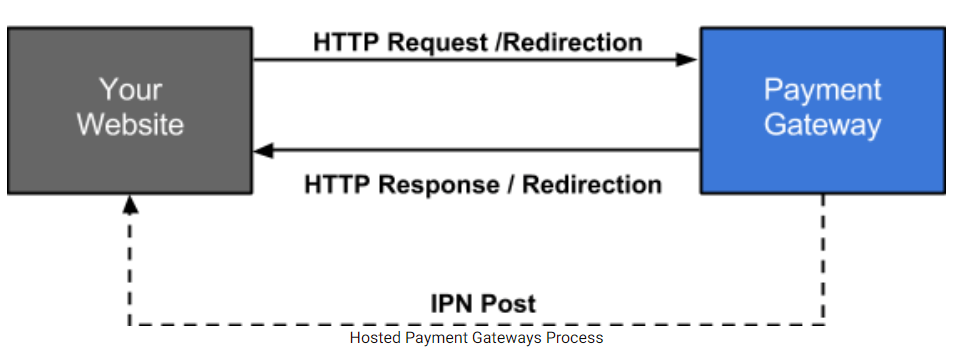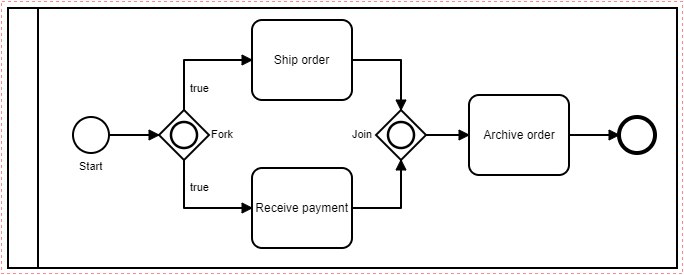In this article, I will not only educate you on the important prerequisite for an E-commerce platform but also suggest you one of the leading and easy drag and drop E-commerce builder on a free trial. I know the article is a bit lengthy but it is important. So, make sure to stay connected till the end.
Selling products online requires a very different setup from your blogging site. Let’s take a look at the things you’ll need to consider when setting up an eCommerce website and help explain why they cost more to design.
First of all, let me tell you what we are not going to cover in this article.
We are not assuming that an eCommerce website is a single web page with some PayPal button code inserted.
PayPal buttons are good and work great for those selling a handful of items, but we’re taking eCommerce to the next level and giving the customer a better online shopping experience.
Most modern eCommerce websites are applications. They have a user interface, administration settings, store data in a database, and follow a workflow of procedures. we’re going to touch on some of these.
Table of Contents
Talking About the basic Prerequisite of an E-commerce website:
An eCommerce website can be considered as a play in which actors perform scenes from it.
The main actors in the eCommerce website are:
*Customer – buys the product
* Website ownerships purchased products and paid
* eCommerce application – an interface between all actors
* Payment Gateway – handles payment transactions (more on this later)
* Merchant/Business Bank Account – the business bank account of the website owner (more on this later)

The main buying process of an eCommerce website (“Play”) goes like this:
1. Customer browses the product catalog
2. The customer adds the product to the basket
3. Customer purchases the product and enters the check-out process
4. The eCommerce application interacts with the payment gateway
5. Payment Gateway provides secure customer shipping and payment details entry forms
6. Customer securely enters his shipping address and payment information
7. Payment Gateway Contact Merchant Bank Accounts of Website Owners
8. The merchant bank accounts the payment transaction and returns control to the payment gateway
9. Payment Gateway returns Customer to eCommerce Application
10. The eCommerce application notifies the customer about the successful (or unsuccessful) payment
11. Notifies the website owner of the eCommerce application purchase
12. Website owner sends/delivers the product to the customer
Of course, there’s a lot more detail going on in each step, but hopefully, you’ll get the general idea that setting up an eCommerce application is a bit more complicated than your regular blog-style website.

Where From Does One Starts?
Sounds silly right, but the first step you need to take is to decide what types of things you will sell online.
Are these products?, i.e. physical goods that require packaging and posting or services provided on their own or by another provider eg. Professional yak grooming.
How many types of products or services are you going to offer? Local or International? Are you seasonal? Do you have a limited stock level for special items? Are you planning to use special offers and discounts? Do you like yaks too?
This leads to customer and payment questions.
Who are your customers? where are they? How are they going to pay; Credit card, check, PayPal? Which bank account will I need to set up?
And then there are the support questions.
How do you handle returned goods? How do you return the payment? How do you handle complaints?
It’s really important to think about the products and services you’re going to offer because the first thing a web designer will ask you when you’re requesting a quote is “How many items are you selling and to whom?”
The reason for this is of course time and cost.
Selling 50 products to a UK/U.S-only customer base using PayPal requires a very different setup and hence the cost of selling 1000+ products internationally and paying by credit card.

Let’s take a closer look at some important eCommerce application areas. payment information
eCommerce Application
Essentially, an eCommerce application is a bespoke Content Management System (CMS). So along with updating posts and blogs, it specializes in updating products and services and supporting commerce functions.
Like any CMS, the application divides the eCommerce website into two major parts; The front-end or shop-front where the customer can browse and purchase goods, and the back-end where you log into an administration dashboard and manage the website options including product catalogs.
Product list/Catalog
This will probably be your most important concern and is central to any eCommerce website design.
The product list or catalog is where all your goods-for-sales data resides. Product name, description, cost, stock level, pictures, etc are all stored here.
We sometimes ask people what files their products are stored in and get a little upset when they can’t find them on the server.
Typically, product catalogs are stored in a database, but don’t worry – you don’t have to know how to use a database. The eCommerce application does it for you through the product catalog interface in the admin dashboard.
It’s important to be able to manage this yourself, otherwise, you’ll go back and forth to the web developer and the costs will add up.
Thankfully, the eCommerce applications we use, Shopify eCommerce, once installed, allow you to manage your own product catalog from within a web browser.
The Shopify product catalog has advanced options and allows things like adding discount codes, customer reviews, product videos, etc. While the WordPress e-commerce catalog Woocommerce provides a simple solution covering the essential needs you need to sell stuff online. Will be
So how do you go about entering and updating all of this product information?

Admin dashboard
Accessing a specific web page on your site and entering a username and password will take you to the options section of your eCommerce website. It is commonly known as Admin Dashboard.
Here, you will be able to update almost every aspect of the website including accessing the product catalog, shipping costs, currency exchange rates, payment gateways, sales reports, etc.
Whichever eCommerce solution you choose (I would highly recommend you to go with Shopify the leading one start your free trial today), it’ll help you set up some or all of your product catalog and make sure customers can purchase the item and get paid to you through a payment gateway (more on that late)
E-commerce store design
Of course, your eCommerce store will need a look and feel to fit in with your business brand.
Again, like other CMSs, it will require a web designer to develop a theme or template that will change the default shop-front for your customers to any design you have in mind.
Themes for Shopify can be purchased off-the-shelf and apply yourself, however, you may prefer to design exactly the way you envisioned it and better than any of your competitors. was different.
Themes are applied from the administration dashboard. You may be able to change some aspects of the theme, such as your logo, background color, text color, however, you will not be able to move parts of the theme to different areas of the screen. A web designer would have to do this by updating the theme’s code.
Click Here to start your Shopify free trial Now!
The domain name and website hosting

You will definitely need a domain name to do business with and a hosting plan to store website files and databases.
It’s usually best not to buy a hosting plan until you’ve talked to a web designer and they’ve given you an idea of the best solution to implement.
Many of the cheap hosting plans offered to you when purchasing a domain name do not support databases or database applications. They may charge an additional setup and annual fee to install it.
So try to avoid buying a hosting plan until you’ve talked to a web designer and have an idea about what type of eCommerce solution you’ll need to implement your ideas.

Merchant Bank Accounts Vs. Business Bank Accounts
Certainly in the UK, you must have a business bank account to legally do business as a business.
Business bank accounts can be used just fine with the eCommerce application, but you will need to set up a payment gateway service to handle payment transactions and bring customer money into your bank account.
If you are opening a business bank account and your account manager knows that you are going to be running an eCommerce website, you may be offered a merchant bank account which is a specialized version of the business account.
The merchant account gives you a merchant ID number and access to a payment gateway service that the bank uses or owns.
It is possible that you will be required to pay for setting up a merchant account and usually charge for this on a per-transaction basis.
If you have already set up a merchant account, you must ensure that your eCommerce application can support the particular payment gateway to which your bank has given you access, otherwise, you will not get your money.
E.g. Lloyd’s uses the TSB Cardnet merchant payment gateway. Also, the Royal Bank of Scotland uses the Worldpay merchant payment gateway.
If you were a Royal Bank of Scotland business customer with a merchant account, you would need to ensure that your eCommerce application supports the Worldpay Gateway.
You don’t need to use the special merchant account that your business bank offers to do business online, but you do need some kind of payment gateway to handle payments.
This well takes us to the payment gateway.
Payment Gateways

We have talked about this in the previous section. Essentially, a merchant bank account will give you a payment gateway to use, but you are limited to the only one your business bank is affiliated with.
A payment gateway is a service provided by a company.
It handles the payment part of the eCommerce application when a customer proceeds to checkout to purchase an item.
The payment gateway securely collects customer details and payment information and contacts your business bank account to complete the money transaction.
It is also great for security as the banking details of your customers are not kept on your eCommerce website, so there is less to worry about being secure.
There are many different payment gateway services with different features and options. As a supplied service they all charge for their use. Fees may include a setup fee and a commission of 1% of the total transaction price.
Some payment gateways allow you to pay a monthly or yearly fee if your number of transactions is high. This may work more cost-effectively for you if your single transactions are high volume but have low individual costs.
You’ve probably heard of some of the more well-known gateway service providers and don’t know what they are. You’ve probably used them without even realizing they’re there. Some popular payment gateways are:
PayPal, Google Checkout, Sagepay, Worldpay, and Chronopay.
It’s great that you have a choice and the services are very competitively priced, so take some time to see which is best for your business model. If you need some help, we’ll be happy to meet you and tell you about more options.
Some payment gateways provide two types of general services; hosted and inclusive.
hosted payment gateway

These options usually don’t require set-up or monthly fees, however, so transaction costs can be higher than for an all-inclusive service.
The PayPal Website Payments Standard service is a good example of this.
Essentially, this limits your customers to have a PayPal account (they must be registered with the PayPal site) and, when it comes to check-out, allows customers to collect information from your eCommerce website to the PayPal website. And the payment is transferred to the transaction, then sent back to your eCommerce website upon completion.
The downside of this method is really from a branding standpoint. You have very limited control over how the payment gateway service, in this case, PayPal, looks and operates before being redirected back to your website.
Some customers may be turned off by redirecting to another site because trust insecurity may be questioned (although PayPal has a very good reputation in this instance).
You are limiting the payment method to only those customers who are willing to use the payment option of the payment gateway. In this case, the customer must have a registered PayPal account.
A similar process occurs if you use the Google Checkout payment gateway.
So what is the second option?
Inclusive payment gateway

The inclusive payment gateway will allow your customers to go through the entire checkout process without leaving your branded eCommerce website.
I added this “presence of” because in some cases your customers will actually leave your website and use the payment gateway service, however, the way it is implemented and embedded, it looks like it will be on your website. and is part of the business brand.
So what’s the catch?
There’s usually a setup fee, a minimum subscription period (like 12 months), a monthly fee, and of course, a whole heap of terms that apply.
There are some special conditions to take into account of the limit on the number of transactions per month, or the total monthly funds transferred. Payment gateway services may charge additional fees or force you to upgrade your service if these limits are exceeded in the same way as mobile phones if you use your all-inclusive talk or SMS time Companies will charge you extra.
The best advantage of using an all-inclusive payment gateway is that the entire customer experience, from browsing to payment, is hosted on your own website. This gives the customer more confidence that their data will be kept secure and gives your entire business a more professional look.
A good example of this type of service is PayPal Web Payments Pro.
Securing the data

The benefit, if you are using a payment gateway, is that it is unlikely that you will be storing sensitive customer payment details on your eCommerce website.
Such data will be kept securely in your payment gateway account.
Of course, you will be collecting many other important and confidential customer information for your site such as name, email, perhaps address, likes, dislikes, a username, and password.
All this information needs to be kept secure and your eCommerce application will help with this. The Administration Dashboard will have several sections that control who and what can see parts of the collected data.
But that’s not the only protection you have to think about. Do you know what happens when you fill out a form on a website and click submit?
If you take a look at the top of the web browser in the address bar you will see the URL address of the website. Most sites will start with HTTP://
(For those who want to know, URL stands for Uniform Resource Location and HTTP stands for Hypertext Transfer Protocol)
Any web page starting with HTTP:// is transferring data to and from a web server in plain text.
This means, that web page content, code, images, text, form data are all sent in a format that is readable to humans. OK, this may not be readable, but in short, all the information is in English letters (or whatever character set of the language your website uses).
Now for some more technical stuff.
When your web page is sent or received to a web server, there is no direct one-to-one relationship between your website and the server. Web page data is transferred through hundreds of networks in different countries and through thousands of routing computers and other network devices before reaching your computer.
This means that at any point during the journey, your web page data can be intercepted and read by anyone.
It isn’t much you can do about the interception part but there is something you can do to make it a lot harder for someone to read and use your eCommerce web page data.
SSL certificate
Now we will talk.
Let’s skip the techie and quickly tell you what these are and what they do.
You buy an SSL certificate from a web hosting company (annual renewal most likely), install it on your eCommerce website and it encrypts your web page data. Hurray! buy cheap SSL from here
You will now notice that some parts of your website, possibly the parts that require personal form data to be collected and sent, now begin with https://
Adding that small “S” letter that stands for “secure” means that web page data is encrypted when sent and decoded only at the two endpoints; Your computer and a web server. Buy quality SSL at a reasonable price
Anyone reading the page in the middle will see garbled non-readable characters.
You may also see additional indications of a secure web page such as a locked padlock icon.
We would strongly recommend you to purchase an SSL (Secure Sockets Layer) certificate and install and configure it for use with your hosting account and eCommerce website.
Final thoughts
Building an eCommerce website requires a fair amount of planning.
You will need a good web design and web development team to implement your business venture.
Because of all the design and setup, it will cost you more and take more time to build as compared to that I suggest Shopify.
You’ll make money – and that’s what it’s all about…
We hope this helps you to start your eCommerce website journey. There are certainly a lot of things we don’t have time to cover.
If You really like this content. Don’t forget to like, share, subscribe and leave your positive comments in the description below. Thank You






2 Comments